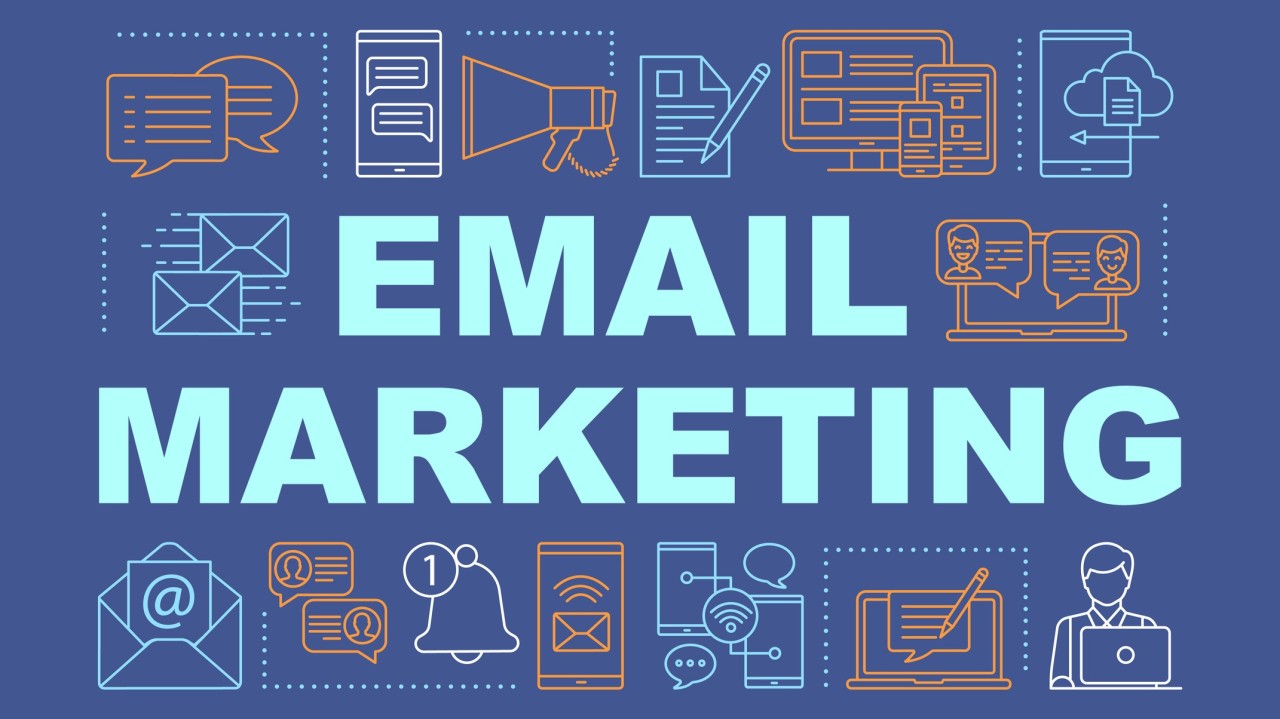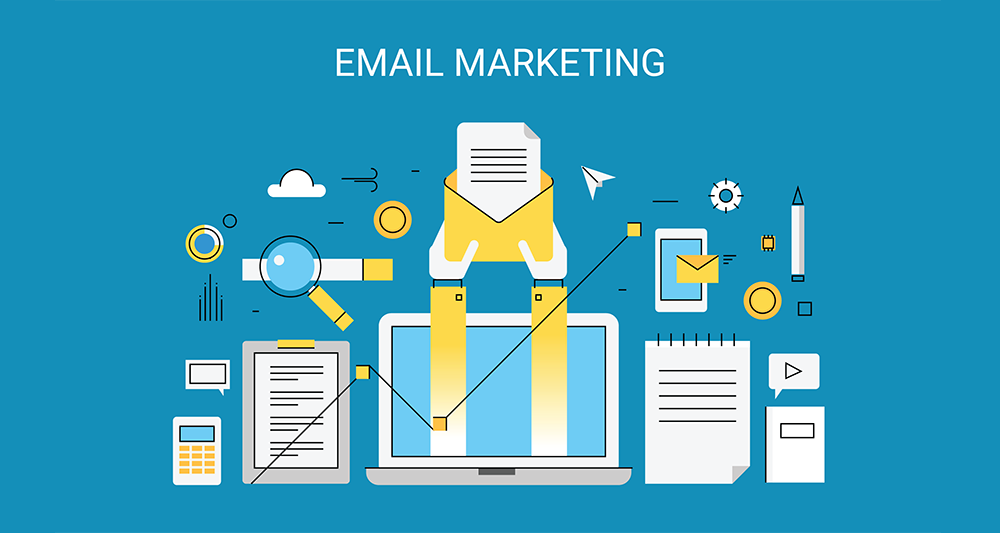Staying ahead of competitors is essential for business growth. Understanding your competitors’ strategies allows you to outperform them, engage customers effectively, and strengthen your market position. Conducting a digital competitive analysis is a vital component of your digital marketing strategy, providing insight into competitors’ tactics so you can leverage your strengths and address weaknesses—all without costly external help. With AI-powered tools evolving, this process is now more efficient than ever.
Here’s how to analyze your competition and use your unique selling points (USPs) to gain a decisive edge. This guide covers:
- What is a Competitive Analysis in Digital Marketing
- Why Conduct a Competitive Analysis
- Key Elements of a Competitive Analysis
- Types of Competitive Analysis
- Tools for Competitor Analysis
What Is Competitive Analysis in Digital Marketing?
Competitive analysis involves researching your competitors to identify their strengths and weaknesses. It examines their marketing, pricing, product development, and distribution strategies to gain valuable insights. This helps you track sector trends and adopt digital tactics that boost brand awareness, customer engagement, and revenue.
Why Conduct a Competitive Analysis?
Your analysis can be broad or focused depending on your goals. For example, if optimizing your website is a priority, examine competitors’ content, user experience (UX), and lead generation tactics to inform your conversion rate optimization (CRO) strategy.
Benefits include:
- Identifying market barriers and opportunities
- Defining your unique value proposition
- Spotting competitors’ weaknesses
- Targeting effective digital marketing strategies
- Discovering new customer segments and markets
- Uncovering industry trends
- Validating new product or service ideas
- Establishing performance benchmarks
Key Elements of a Competitive Analysis
Competitive analysis requires assessing how your competitors use various digital platforms to drive growth. Benchmarking is essential. Key steps include:
Determine Competitor Types
Classify competitors based on competitiveness:
- Primary: Direct competitors with similar products/services for your audience (e.g., Asos and Boohoo)
- Secondary: Similar products/services targeting different audiences (e.g., Target and Gucci)
- Tertiary: Related brands without direct competition (e.g., Red Bull and Patagonia)
Profile Competitors’ Target Customers
Understanding their audience reveals who they target and which digital channels they prioritize. Use resources like mission statements, social media interactions, audience listening tools, blogs, webinars, and customer reviews to gather data.
Apply the 7Ps of Marketing
Analyze competitors’ marketing mix:
- Product: Features, customer appeal, and unique selling points
- Price: Pricing models and attractiveness
- Promotion: Digital channels and promotional tactics
- Place: Sales channels (online, physical stores)
- People: Customer-facing personnel
- Process: Delivery systems and workflows
- Physical Evidence: How customers perceive the product or service
Identify Best Practices
Learn from competitors’ successful digital strategies, whether that’s TikTok marketing, SEO tactics, or other platforms. Recognizing these helps refine your own approach.
Use Analytical Frameworks
Employ SWOT analysis to find strengths, weaknesses, opportunities, and threats. Porter’s Five Forces examines market dynamics like rivalry and supplier power. The Boston Consulting Group matrix helps evaluate products based on market share and growth potential.
Organize Your Data
Keep competitor data well-structured to track price ranges, social media activity, content strategies, lead generation, and offers—making future comparisons and insights easier.
Types of Competitive Analysis
Depending on your objectives, focus on different areas such as:
Social Media Competitor Analysis
Analyze competitors’ social networks, follower demographics, post frequency, content types, and engagement rates to inform your social strategy.
PPC Competitor Analysis
Identify keywords competitors bid on, their ad types, platforms, and landing page strategies. This reveals their goals, budget, and approach to paid search marketing.




